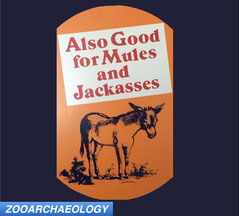
New hominin footprints have been discovered in association with the now famous Australopithecus afarensis footprints discovered by Mary Leakey and company in the 1970s. The new footprints, discovered and reported by Masao et al.*, represent two individuals walking in the same direction as the three Australopithecus afarensis individuals from the 1970s discovery.
Based on the footprint morphology, Masao et al. are estimating that one of the two individuals was of a height comparable to modern humans, contradicting a popularly held view that the 3.66 million year old Australopithecus afarensis was a generally small species.
Masao et al. argue their find adds to evidence of large bodied australopithecines, refuting the idea that body size increased dramatically with the appearance of Homo and/or with the dispersal out of Africa. They further argue that the footprints add to evidence of a high degree of sexual dimorphism among australopithecines, which in turn, they say, suggests australopithecine mating and social structures were similar to those seen amongst gorillas. Gorillas have a high degree of sexual dimorphism and are a polygynous group.
*Masao, Fidelis T., Elgidius B. Ichumbaki, Marco Cherin, Angelo Barili, Giovanni Boschian, Dawid A. Iurino, Sofia Menconero, Jacopo Moggi-Cecchi, Giorgio Manzi. “New footprints from Laetoli (Tanzania) provide evidence for marked body size variation in early hominins.” Published December 14, 2016. eLife 2016;5:e19568.



